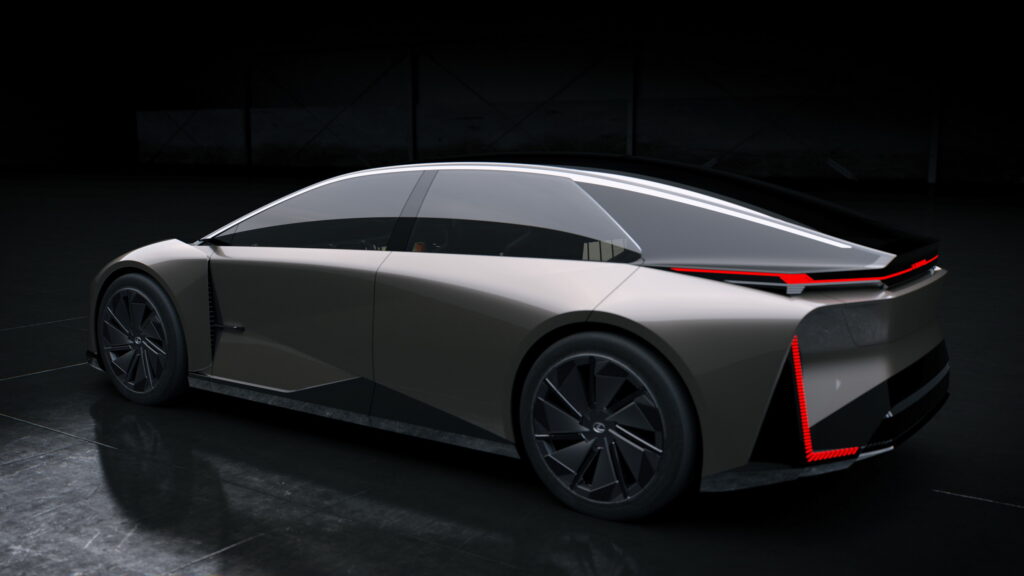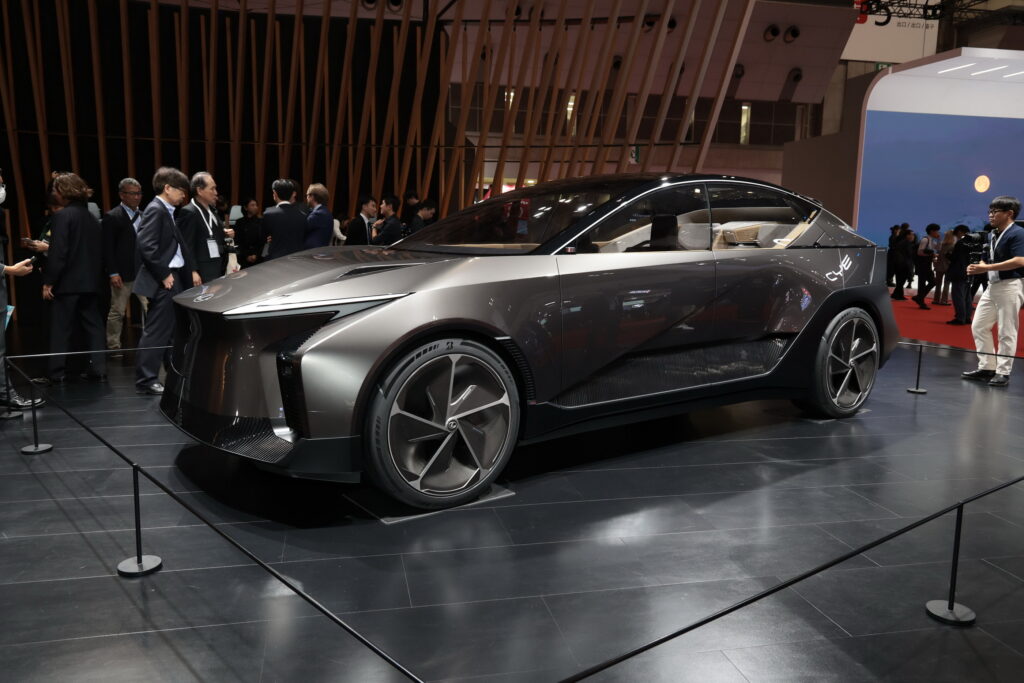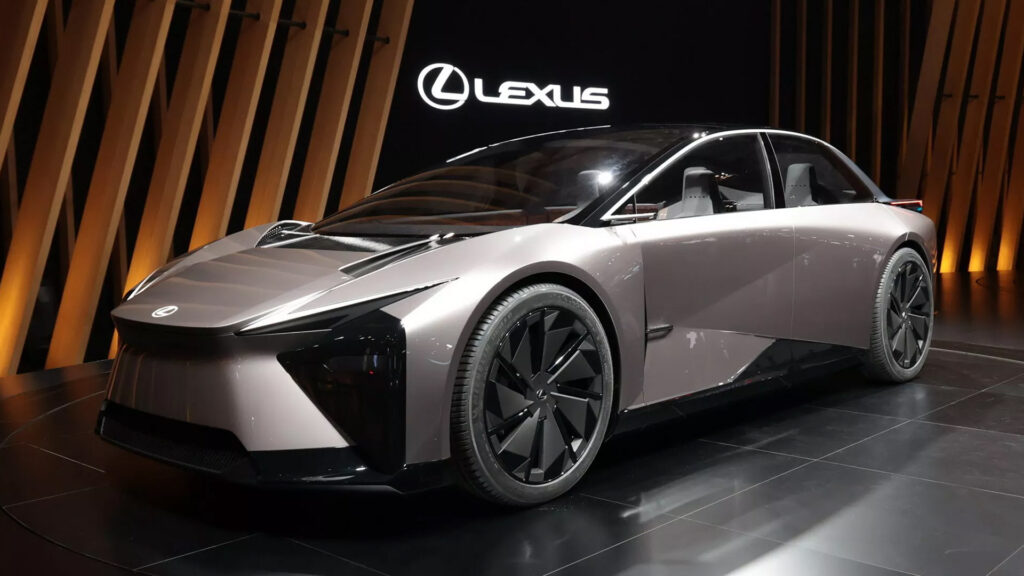- The first model to launch with the new design will be the production version of the striking LF-ZC.
- The new design direction will be as dramatic as the firm’s introduction of the spindle grille in 2011.
- A new platform and prismatic battery cells have allowed the carmaker to re-jig the car’s proportions and shape.
The future design language of Lexus will be a radical departure from before, and according to global design boss Simon Humphries, the brand’s customers want something expressive. The LF-ZC and LF-ZL concepts gave us a first taste of what to expect.
These two radical concepts will soon spawn production models that will lead Lexus into an exciting new electrified future. The duo are radically different in shape than existing sedans and SUVs from Lexus and thanks to new construction methods, Lexus will be able to expand their interiors and opt for bold looks.
Read: Lexus LF-ZC Coming For The BMW i4 In 2026 With Prismatic Batteries
Forthcoming Lexus models are being crafted at a new Japanese design center, and according to Humphries, the brand’s new direction will be just as dramatic as its introduction of the spindle grille in 2011.
“We wanted to give Lexus character,” Humphries said when discussing the spindle grille design. “Even on some of the vehicles where we put that on a minor change, the sales almost doubled. So there are a lot of people out there who actually were very like-minded about that sort of thing. They wanted a more expressive car.”

“It’s a huge step, yes, but the whole point of the Lexus brand from the very beginning has always been to challenge what was considered the de facto standard of the time,” the firm’s design boss added. “It’s important to think, ‘Is that going to be OK? Is that too far? Challenging is the right thing to do.”
The LF-ZC is so far the most dramatic interpretation of the new path for Lexus design. It has a low beltline achieved through the use of slimmer battery modules which also lower the center of gravity and improve handling and response, Auto News reports. It’s also equipped with a massive front windscreen that stretches further forward than most other cars, meaning a driver can see the kneecaps of something standing directly in front of the hood. It also has a key focus on aerodynamics and Lexus is targeting a drag coefficient of less than 0.2.




